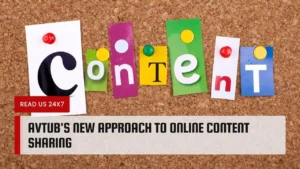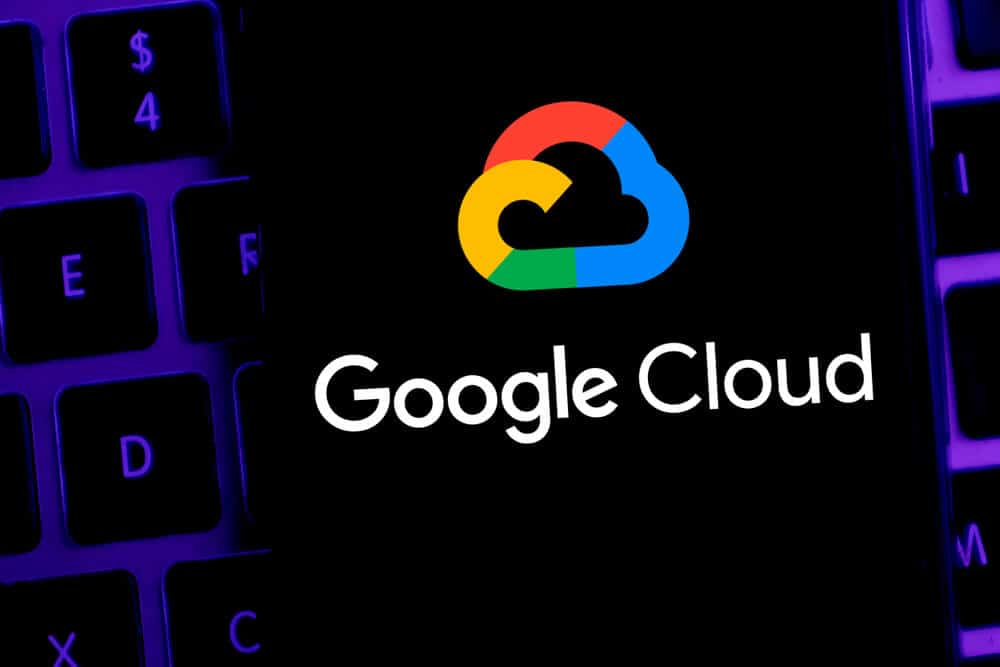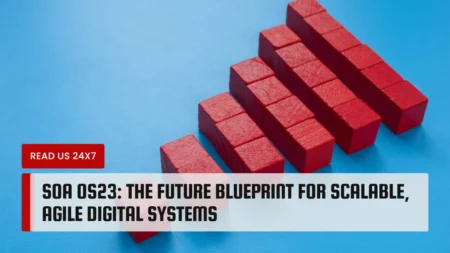Planning to migrate your workloads to Google Cloud but don’t know where to start?
This guide focuses on Google Cloud, or Google Cloud Platform (GCP), in providing you with basic guidelines for migrating your workloads to Google Cloud.
Having a comprehensive migration plan is key to ensuring a successful Google Cloud migration, so in this guide, we will focus on how to effectively plan a migration process to ensure successful deployment and easier maintenance.
While it’s true that migrating to the cloud can be quite a daunting task, by following these guidelines and best practices, you will have an easier time, ensuring a smooth transition.
Different Types of Migration
When migrating to the Google Cloud, you can consider three different migration process types, depending on your needs:
Lift and shift
In this type of migration, workloads are migrated from the source environment to Google Cloud, with very little to no modifications. In most cases, modifications are only given when it’s absolutely needed for the workloads to operate in the Google Cloud Platform.
Lift and shift migration is the easiest to perform and will require the least amount of time since almost no refactoring and/or modifications are needed.
However, a lift and shift migration is only ideal when the workload can operate natively in Google Cloud without any major changes. When non-native workloads are running in the target environment (in this case, Google Cloud), they won’t be able to take full advantage of the Google Cloud features.
Improve and move
In this type of cloud migration, the workload is modified (improved) before migration to ensure it can take advantage of the cloud-native features. This method is preferred when an app or workload isn’t natively supported in Google Cloud as it is, so modifications and refactoring are needed.
When needed, we can also modify the workload/application to be more portable before it’s migrated to the Google Cloud.
Obviously, an improve and move migration will take longer than a lift and shift migration due to the refactoring/modification process, so it might not be an ideal approach if time is an issue.
Rip and replace
Last but not least, in a rip-and-replace migration, a brand-new, cloud-native app replaces an existing workload or app during the migration process.
This approach will allow your apps to take full advantage of the cloud platform’s features. In Google Cloud, this includes managed services and horizontal scalability. The rip and replace approach may also be necessary if your app isn’t supported on Google Cloud or if it’s too costly to migrate the app with lift and shift or improve and move approaches.
However, the improve and move approach will take longer to complete than the other two approaches, and this approach will not be suitable for off-the-shelf workloads where it’s impossible to rewrite the apps.
Which type of migration should you use? And when to use each type? We will discuss it in the next section.
Planning Google Cloud Migration: Understanding Your Needs
Which of the three migration approaches should you use?
To answer this, we should first assess your current environment and the type of workloads/apps that need to be migrated.
Types of Environment
In general, there are three basic types of environment to consider when it comes to cloud migration:
- On-premises: the environment is hosted and managed 100% on-premises, and you have full control and responsibilities over both physical and software maintenance.
- Private hosting: in this type of environment, the physical structure (and its management) is outsourced to an external party, but you still maintain full control over application resources and desktop virtualization platforms.
- Public cloud environment: for example, if you are currently on Amazon Web Services (AWS) or Microsoft Azure. Google Cloud Platform (GCP) is also considered a public cloud environment. In this type of environment, both the physical infrastructure and the virtualization hypervisor are managed by the vendor, and typically you only need to manage your applications and workloads.
Types of Workloads/Applications
There are two types of workloads or applications in relation to cloud migration:
- Non-cloud-native: the application or workload isn’t originally developed for cloud environments. As a result, migrating this workload to the cloud is more challenging, and the application can be more expensive to modify, run, and maintain in a cloud environment.
- Cloud-native: cloud-native workloads are natively more secure and scalable when migrated to the cloud, so migrating and managing it is much easier.
Consider the type of environment you’re currently in and the workload you’ll need to migrate when choosing between different types of migration to Google Cloud.
Planning Your Google Cloud Migration
Having a comprehensive migration plan is key in ensuring a successful migration, and it’s also crucial to consider that provisioning the cloud infrastructure will be a continuous process rather than a one-off thing.
When planning the Google Cloud migration, you should consider:
- Establishing User and Service Identities: you can check Google’s guidelines about identities in Google Cloud.
- Planning resource organizations: planning how you’ll give different identities permissions on resources that the workload uses by assigning roles, as we’ll discuss below.
- Define groups and roles for resource access: establishing groups and roles to allocate access to resources. At the very minimum, you’ll need four crucial roles:
- Admin: defines identity policies and the hierarchy of the organization
- Network admin: creates, manages, and configures networks and network-related hardware.
- Security admin: establishing security policies and managing authentication.
- Billing admin: monitors spending and resource usage across the whole organization.
- Designing network topology: setting up network topology to ensure connectivity from your existing environment to the Google Cloud Platform (GCP)
Choosing The Right Migration Partner
To ensure a smooth migration process to Google Cloud Platform (GCP), you can leverage the help of professional Google Cloud Migration Services.
Cloud migration services will help you ensure a seamless and secure migration to Google Cloud. A smooth transition to Google Cloud will allow your business to maximize its ROI, and a Google Partner can help you with planning, executing, and managing the migration process, as well as leveraging your new Google Cloud solutions.








